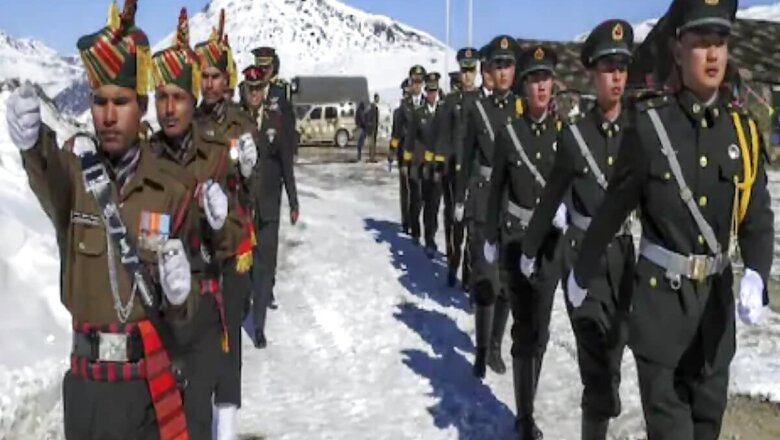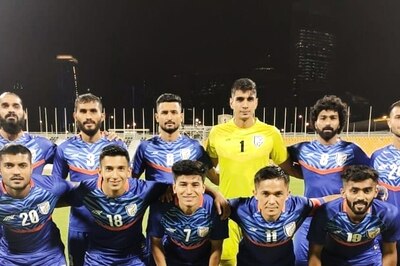Focus Shifts to India-China Tensions in Depsang Plains, Major General-Level Talks Underway in Ladakh

views
Major General-level talks are underway in Ladakh to defuse tensions between India and China at the strategic Depsang Plains which is located on the Line of Actual Control.
This is the first time that talks are being held specifically for Depsang Plains where Chinese soldiers have been squatting in Indian territory, blocking Indian soldiers from carrying out their traditional patrolling in the region.
The talks for Depsang Plains are taking place despite disengagement talks hitting a roadblock for other contentious points along the LAC, with China refusing to move back from its present military position north of the Pangong Tso.
China instead asked the Indian Army to move back from Pangong Tso during the disengagement process along the LAC in eastern Ladakh.
India and China have held several rounds of diplomatic and military talks aimed at disengagement of troops from friction points in eastern Ladakh. On August 2, the two armies held the fifth round of Corps commander-level talks in an effort to expedite the disengagement process.
At the talks, the Indian side insisted on complete disengagement of Chinese troops at the earliest, and immediate restoration of status quo ante in all areas of eastern Ladakh prior to May 5 when the standoff began following a clash between the two armies in Pangong Tso. The Chinese PLA has pulled back from Galwan Valley and certain other friction points but the withdrawal of troops has not moved forward from the Finger areas in Pangong Tso since mid-July.
India has been insisting that China must withdraw its forces from areas between Finger Four and Eight. The mountain spurs in the area are referred to as Fingers. The formal process of disengagement of troops began on July 6, a day after a nearly two-hour telephonic conversation between National Security Advisor Ajit Doval and Chinese Foreign Minister Wang Yi on ways to bring down tensions in the area.
In the first round of the Corp commander-level talks on June 6, both sides finalised an agreement to disengage gradually from all the standoff points beginning with Galwan Valley. However, the situation deteriorated following the Galwan Valley clashes on June 15 in which 20 Indian army personnel were killed. China has not released information on casualties on its side but according to an American intelligence report it was 35.
The second round of talks took place on June 22. In the third round of military talks on June 30, both sides agreed on an "expeditious, phased and step wise" de-escalation as a "priority" to end the standoff.
After the Galwan Valley incident, the government has given the armed forces "full freedom" to give a "befitting" response to any Chinese misadventure along the LAC. The Army has sent thousands of additional troops to forward locations along the border following the deadly clashes. The IAF has also moved air defence systems as well as a sizable number of its frontline combat jets and attack helicopters to several key air bases.



















Comments
0 comment